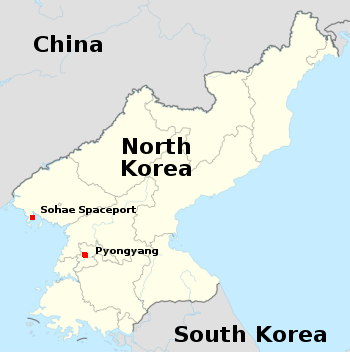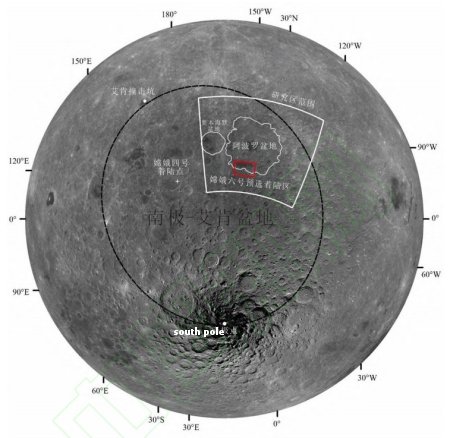Congress passes new authorization bill for FAA that includes short extension of “learning period”
The new FAA authorization bill that that House approved yesterday and was passed previously by the Senate includes a short extension to the end of the year of the so-called “learning period” that is supposed to restrict the agency’s ability to regulate the new commercial space industry.
That limitation was first established in 2004 with a time period of eight years. It has been extended numerous times since then. The most recent extensions however have been very short, suggesting Congress (mostly from the Democrat side of the aile) wants to soon eliminate it. Whether that happens when it comes up for extension again at the end of 2024 will depend greatly on which party is in control after the election.
It really doesn’t matter. Everything the FAA has been doing in the past three years suggests this learning period no longer exists anyway. The agency has been demanding every new American company or rocket or spacecraft meet much higher regulatory requirements, which appears to have slowed significantly the development of those new companies, rockets, or spacecraft in the past two years.
The new FAA authorization bill that that House approved yesterday and was passed previously by the Senate includes a short extension to the end of the year of the so-called “learning period” that is supposed to restrict the agency’s ability to regulate the new commercial space industry.
That limitation was first established in 2004 with a time period of eight years. It has been extended numerous times since then. The most recent extensions however have been very short, suggesting Congress (mostly from the Democrat side of the aile) wants to soon eliminate it. Whether that happens when it comes up for extension again at the end of 2024 will depend greatly on which party is in control after the election.
It really doesn’t matter. Everything the FAA has been doing in the past three years suggests this learning period no longer exists anyway. The agency has been demanding every new American company or rocket or spacecraft meet much higher regulatory requirements, which appears to have slowed significantly the development of those new companies, rockets, or spacecraft in the past two years.




